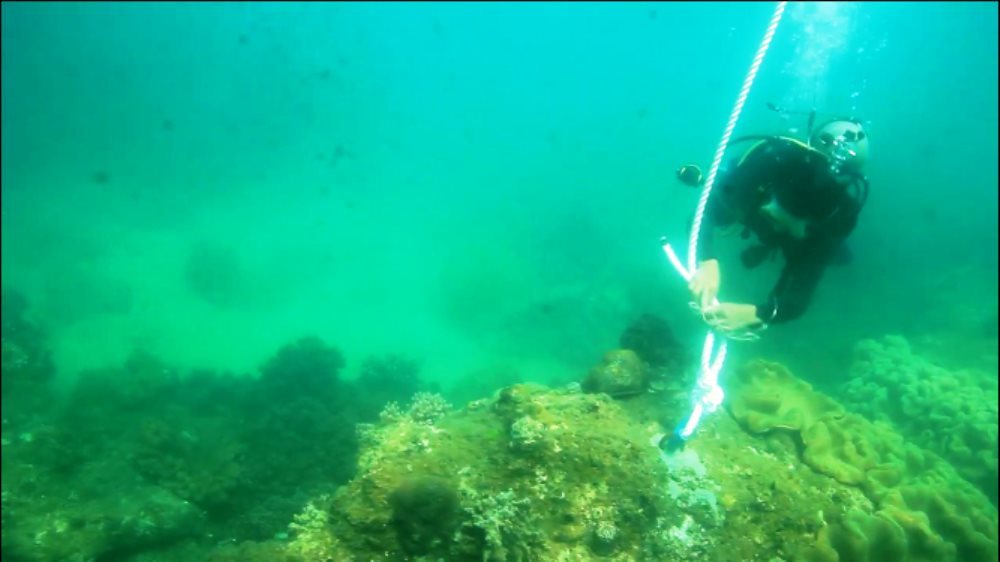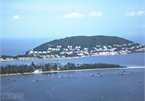According to Nguyen Quang Hung, deputy general director of the General Directorate of Fisheries, Vietnam's seas lie within a relatively high biodiversity area, with over 11,000 species discovered.

The diversity in natural landscapes and fishery resources gives Vietnam advantages in developing a sea-borne economy and fisheries economy, and in establishing MPAs.
In 2018, Vietnam’s total aquatic product output reached 7.74 million tons, while its total seafood export turnover hit $9 billion.
However, Vietnam is facing problems caused by hot economic development. Ly Son, Cu Lao Cham and Phu Quoc have been cited as ‘hot spots’ in which MPAs are affected by tourism development.
| The diversity in natural landscapes and fishery resources gives Vietnam advantages in developing a sea-borne economy and fisheries economy, and in establishing MPAs. |
After 10 years of implementing the Prime Minister's Decision dated May 26, 2010, a network of 16 MPAs has been gradually established to protect ecosystems and aquatic resources.
However, scientists say the MPAs in Vietnam still cannot operate effectively. Jacob Brunner, IUCN Southeast Asia Executive Director believes that only 2 out of 10 protected areas have effective management boards.
MPAs in Vietnam only put 1 percent of area under strict protection, while the figure should be 30 percent as seen in the world. This is regrettable, because if the sea can be protected effectively, it will greatly help the marine ecosystem and the sustainable development of the fishery economy.
According to Dr Nguyen Chu Hoi, deputy general director of the General Directorate of Sea and Islands, pollution and degradation of the marine environment have direct impact on resources in MPAs.
The pollution in Vietnam is serious with plastic waste and plastic bags accounting for 8-12 percent of total domestic solid waste. The waste tangles with coral reefs in MPAs. This affects Vietnam’s fishing industry.
Under the MPA development program to 2020, Vietnam needs to establish 16 MPAs in 2010-2015. It is expected that at least 0.24 percent of Vietnam’s waters would be within MPAs, and 30 percent of each MPA would be under strict protection.
However, to date, the Ministry of Agriculture and Rural Development (MARD) has set up 10 of 16 MPAs, while only 0.13 percent of area of natural waters are under conservation. Areas under strict protection are less than 10 percent.
According to MPAs’ board of management, MPAs all have patrol units but lack authority to enforce the law. If they discover violations, the board of management has to inform other agencies, including local authorities and forest rangers.
Thien Nhien

Vietnam strives to realise goal of becoming powerful marine nation
Boasting great potential of marine economy in terms of natural resources, transport, fisheries, tourism and coastal economic zones, Vietnam has set the target to become a powerful marine nation.

Exploring Tam Dao during wild sunflower season
At the height of autumn, visitors are able to enjoy a range of activities in Tam Dao, Vinh Phuc province, including savouring the scenic views of white clouds, walking along paths filled with wild sunflowers.
 A weak legal framework and economic pressures are barriers to the management effectiveness of MPAs (marine protected areas)." itemprop="description" />
A weak legal framework and economic pressures are barriers to the management effectiveness of MPAs (marine protected areas)." itemprop="description" />